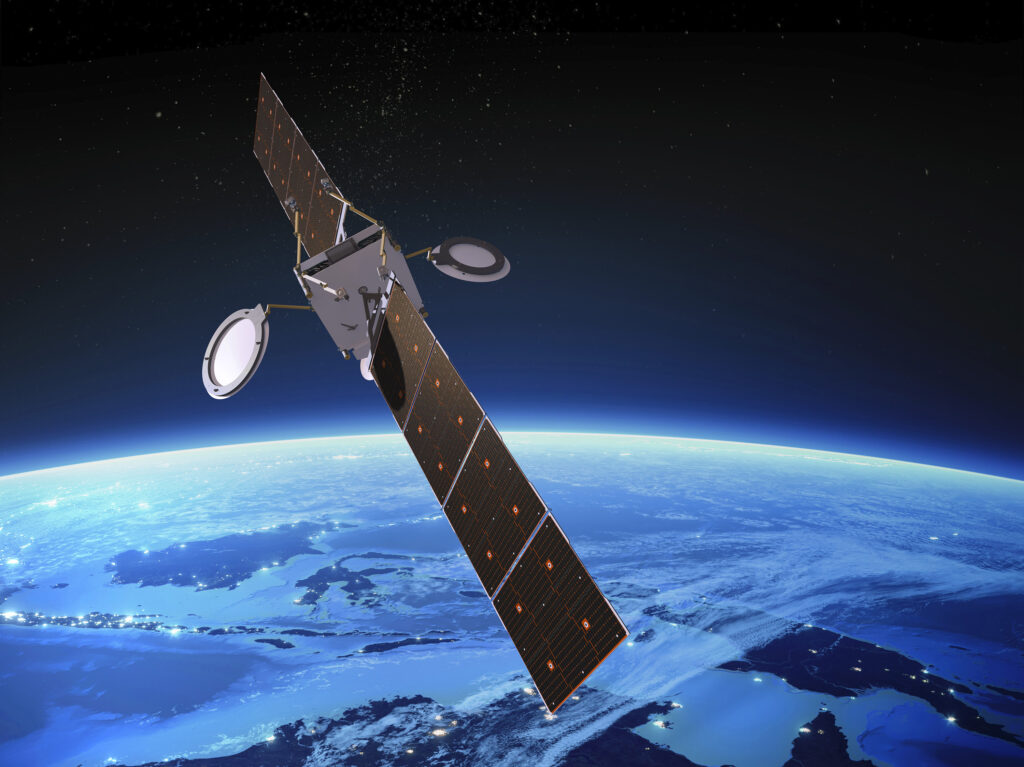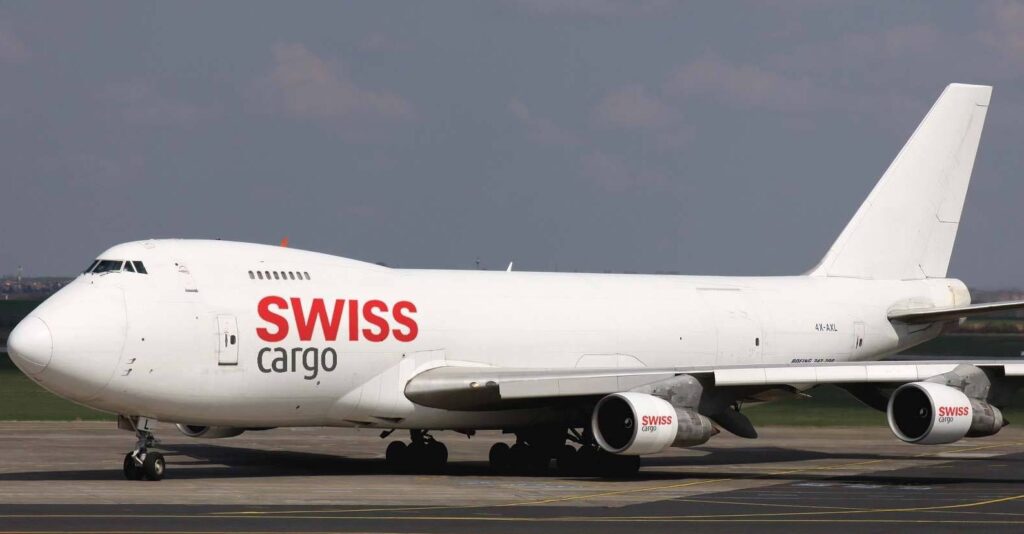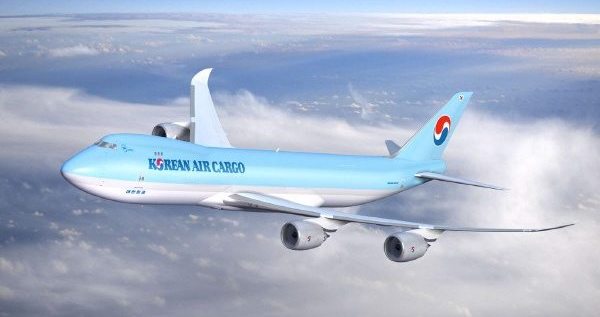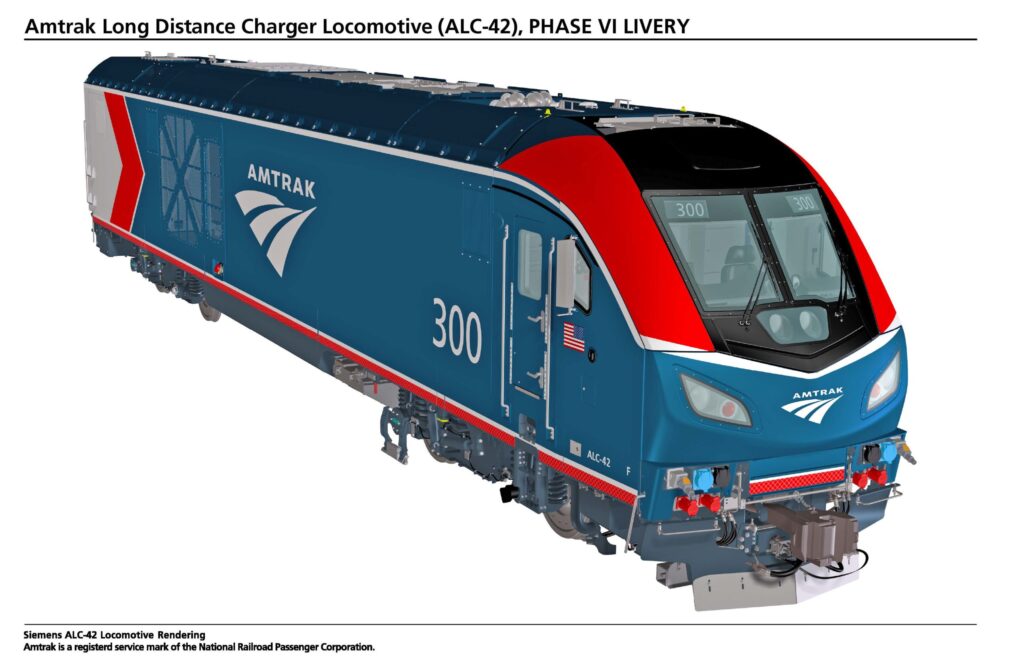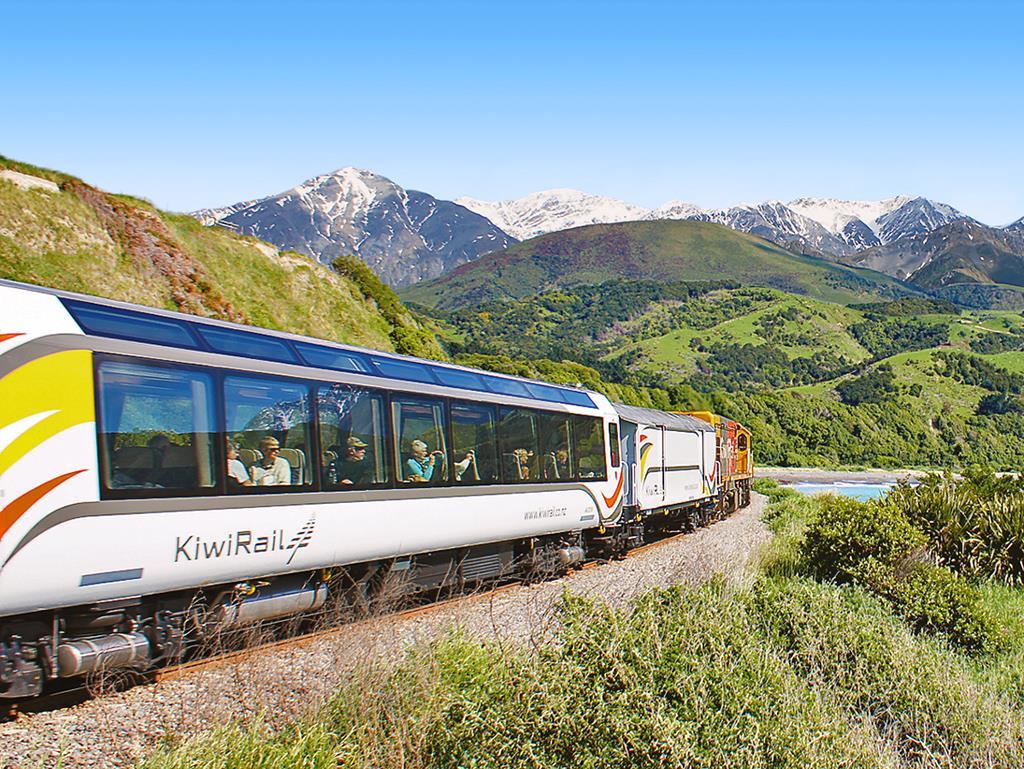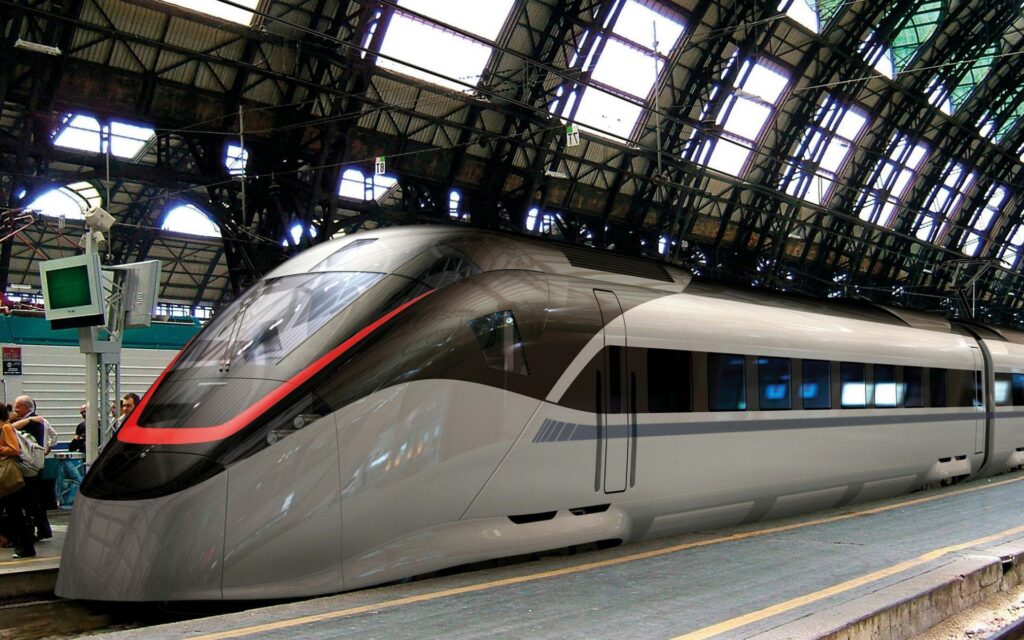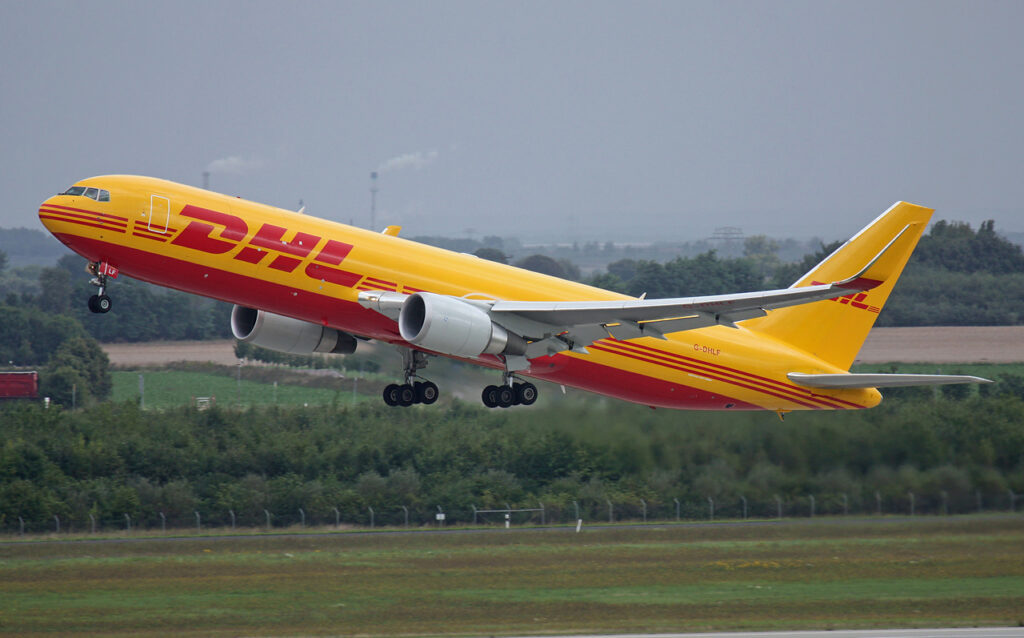Boeing Building 4 Additional 702X Satellites for mPOWER Fleet
Expanded SES constellation to deliver enhanced global connectivity services Boeing [NYSE: BA] has received a contract to build four additional 702X satellites from SES as the leading global content connectivity provider increases the number of O3b…
